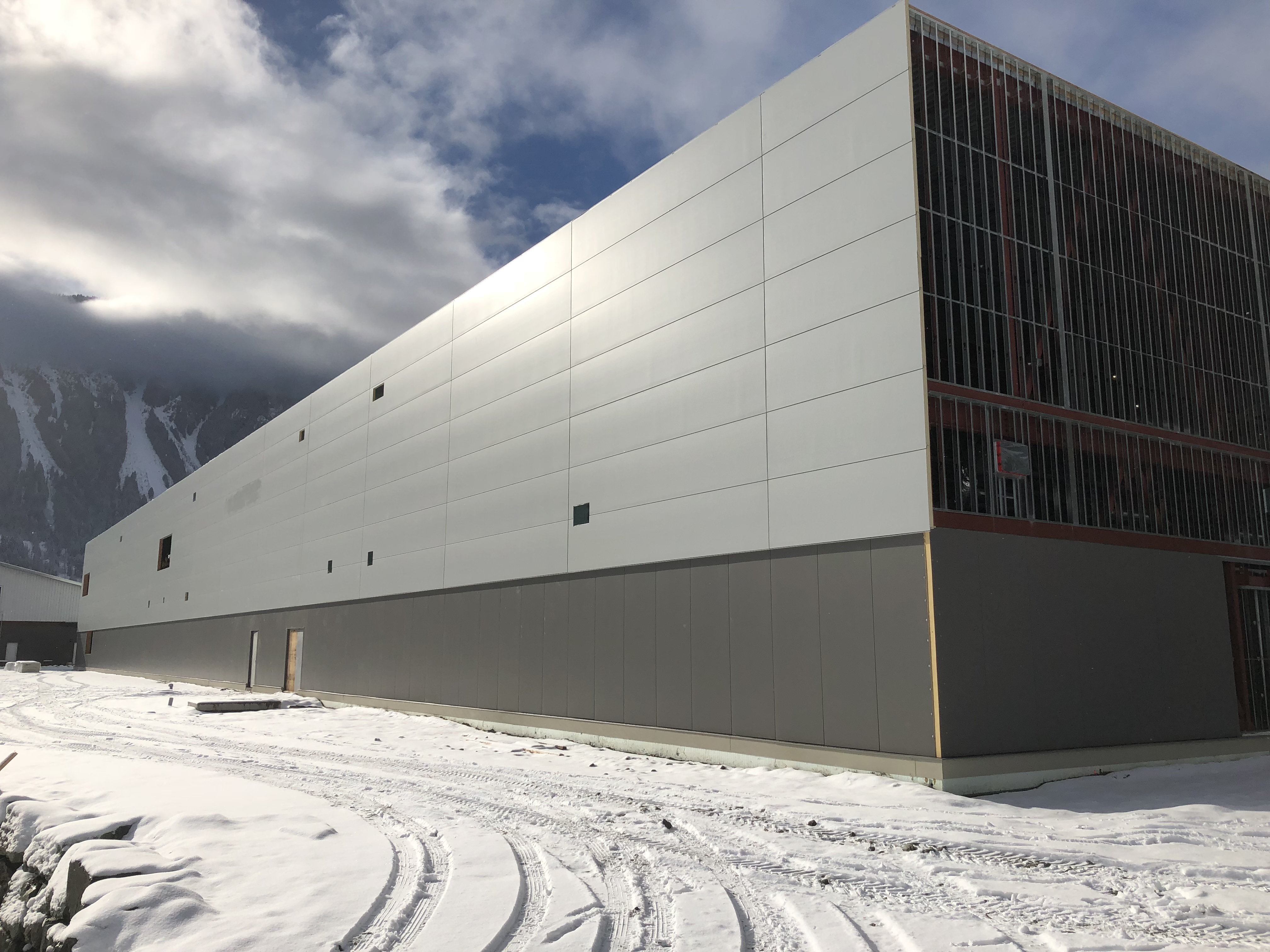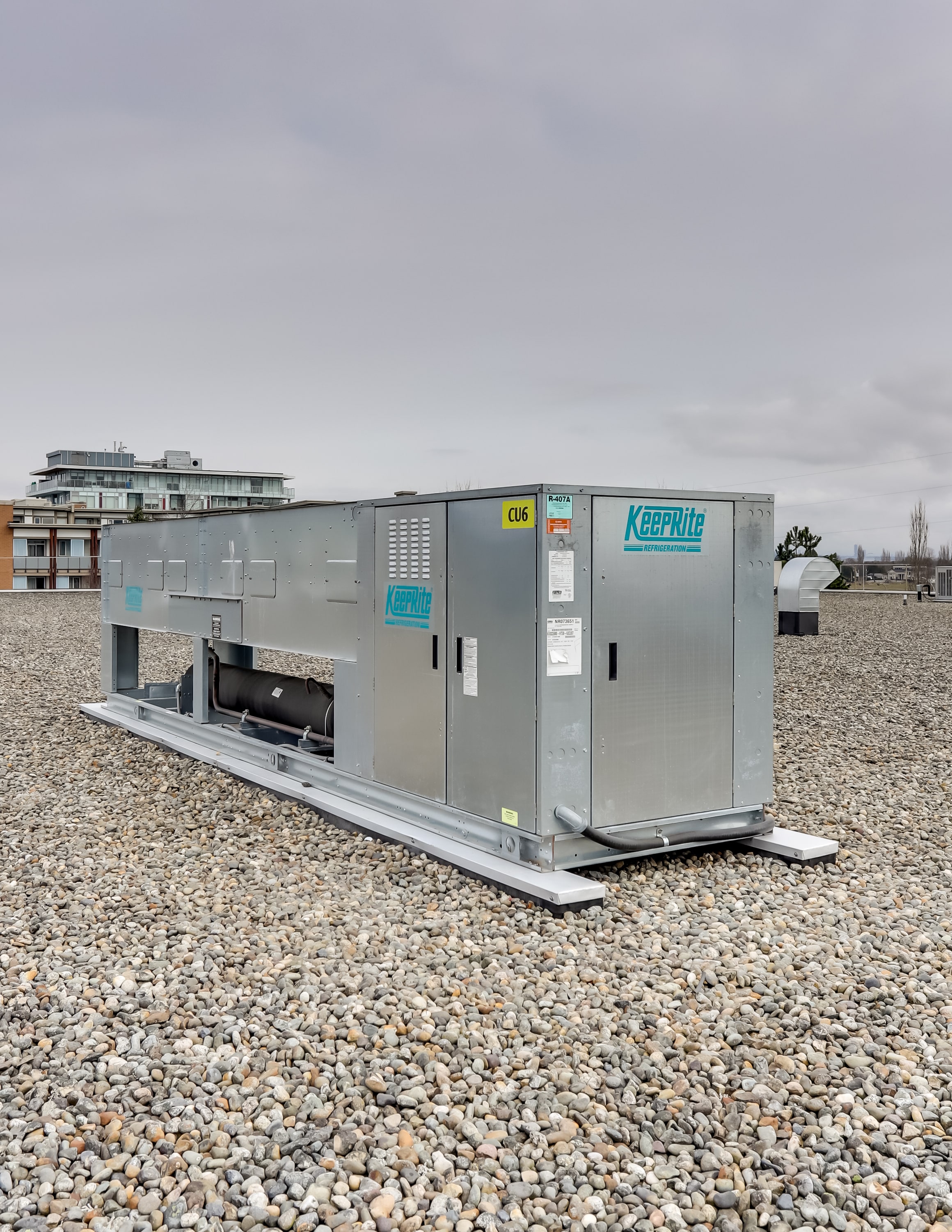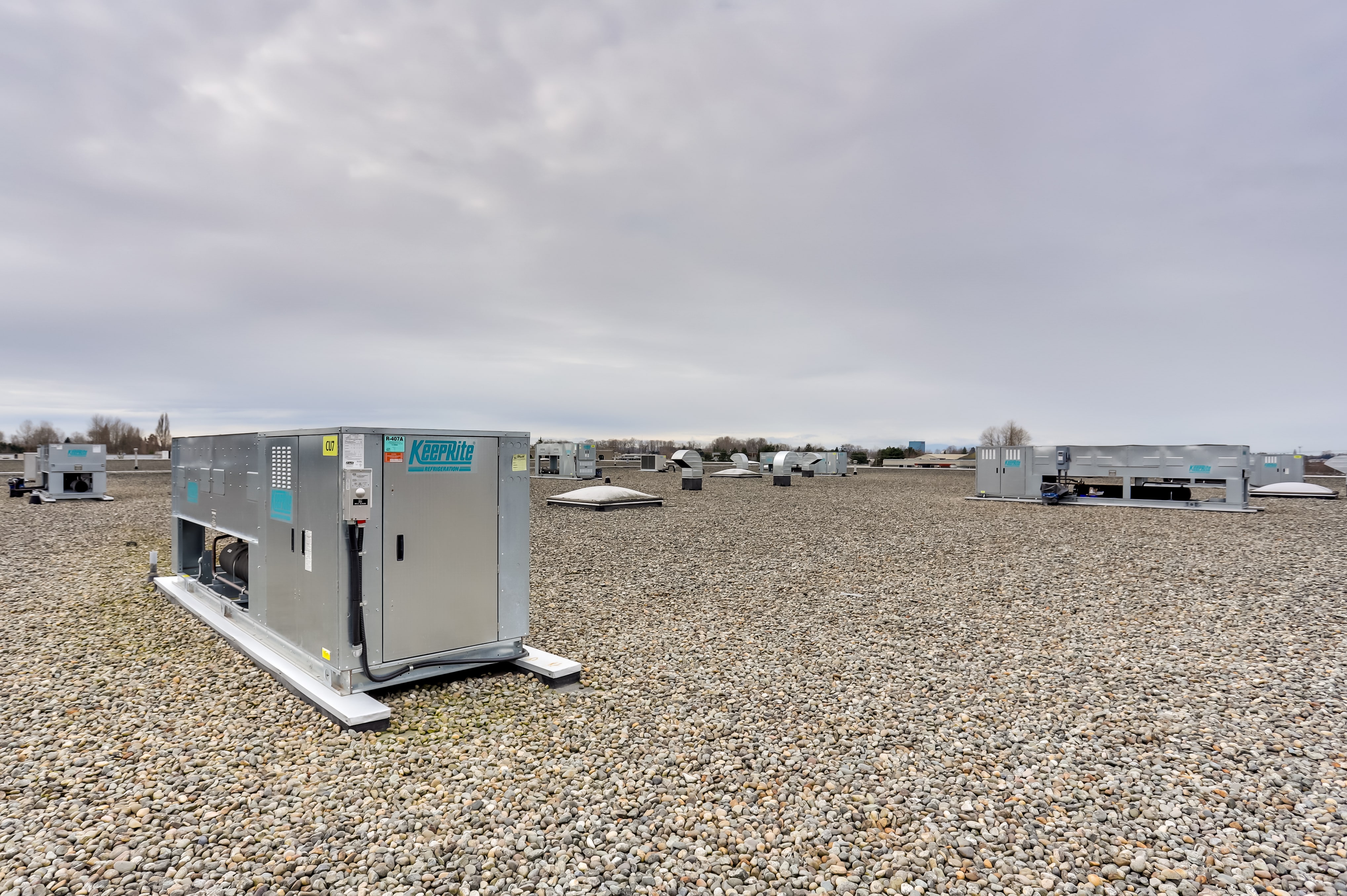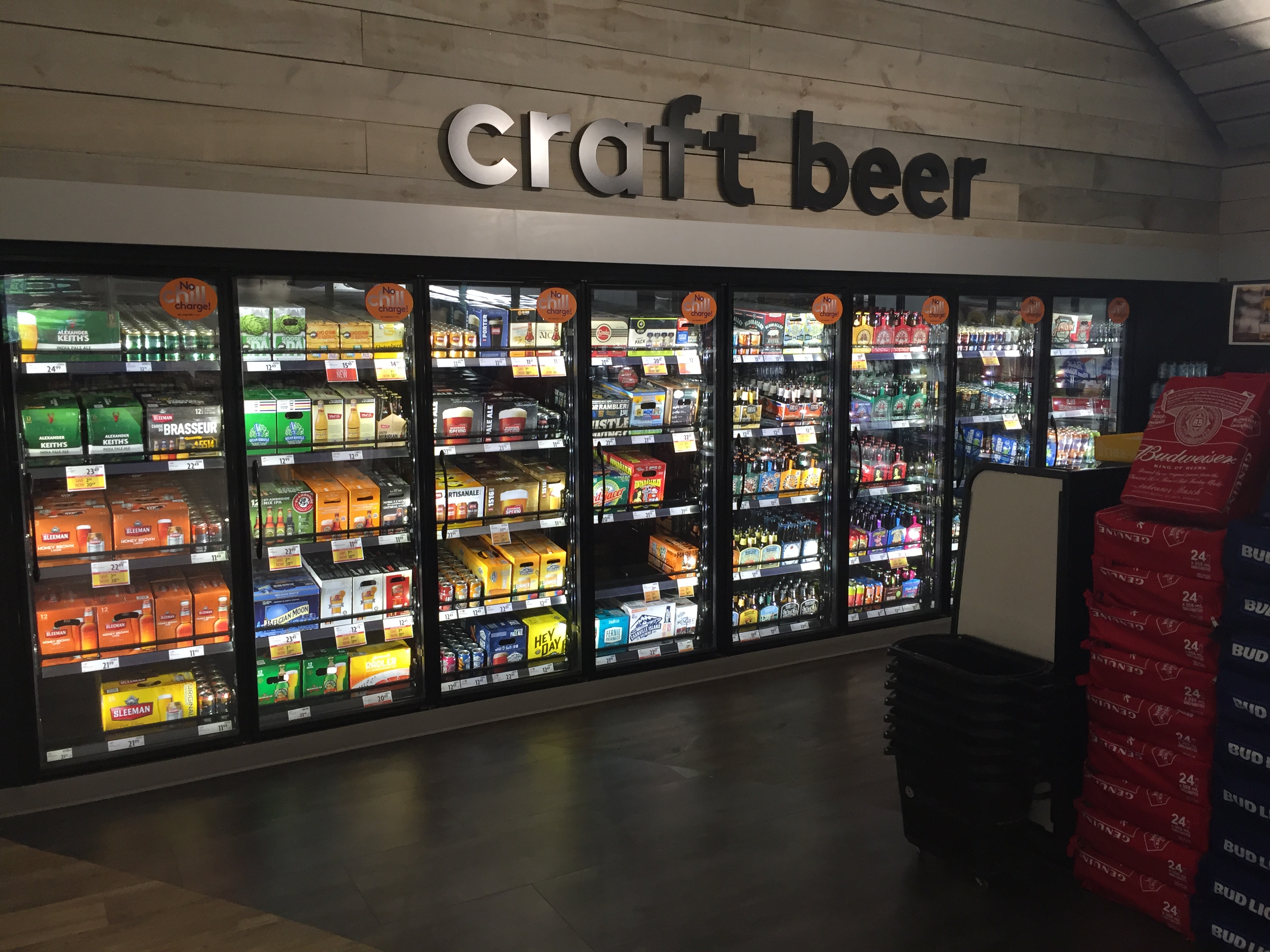Enhancing Aesthetics and Functionality: The Role of Architectural Panels in Modern Building Design
In the dynamic realm of modern architecture, every facet of building design serves a purpose, blending aesthetics with functionality to create spaces that inspire and engage. Among the myriad elements shaping contemporary structures, architectural panels stand out as versatile solutions offering both visual appeal and practical benefits. From enhancing energy efficiency to providing creative expression, architectural panels play a crucial role in elevating the aesthetics and performance of buildings.
Embracing Sustainability
In an era marked by a growing emphasis on sustainability, architectural panels have emerged as sustainable building materials that contribute to environmentally conscious design. Constructed from eco-friendly materials and featuring energy-efficient properties, such as thermal insulation and solar reflectance, these panels help reduce the carbon footprint of buildings while promoting energy savings.
Enhancing Energy Efficiency
One of the primary functions of architectural panels is to improve the energy efficiency of buildings. By serving as effective thermal barriers, these panels help regulate indoor temperatures, reducing the need for heating and cooling systems. This not only lowers energy consumption but also enhances occupant comfort and reduces operational costs for building owners.

Facilitating Creative Expression
Architectural panels offer architects and designers a canvas for creative expression, enabling them to explore innovative design concepts and achieve distinct visual aesthetics. Available in a variety of colors, textures, and finishes, these panels allow for customization and personalization, adding character and identity to architectural projects. Whether used as cladding for facades or interior partitions, architectural panels contribute to the overall design narrative, enhancing the built environment with their unique qualities.
Improving Durability and Resilience
In addition to their aesthetic appeal, architectural panels boast durability and resilience, making them ideal for both exterior and interior applications. Engineered to withstand harsh weather conditions, UV exposure, and wear, these panels offer long-term performance and require minimal maintenance, ensuring lasting beauty and functionality for years to come.
Promoting Versatility and Adaptability
Architectural panels come in a variety of types and configurations, offering versatility and adaptability to suit diverse architectural requirements. Whether used in new construction projects or retrofitted onto existing buildings, these panels can be tailored to meet specific design objectives and performance criteria. From traditional materials like metal and concrete to innovative options such as composite panels and translucent materials, the versatility of architectural panels enables architects to realize their design vision with precision and efficiency.

Fostering Sustainable Communities
Beyond individual buildings, the widespread adoption of architectural panels contributes to the development of sustainable communities. By incorporating energy-efficient and aesthetically pleasing features into the built environment, these panels enhance the quality of life for residents while promoting social responsibility and environmental stewardship. From residential developments to commercial complexes, the integration of architectural panels fosters a sense of place and belonging, enriching the fabric of urban landscapes.
In conclusion, architectural panels play a multifaceted role in modern building design, offering a harmonious blend of form and function. As architects, designers, and developers continue to embrace sustainable practices and innovative technologies, the prominence of architectural panels will only grow, shaping the future of architecture and urban development. By harnessing the potential of these versatile building materials, we can create spaces that inspire, endure, and enrich the lives of generations to come.

%20(1).jpeg)

.jpeg)


